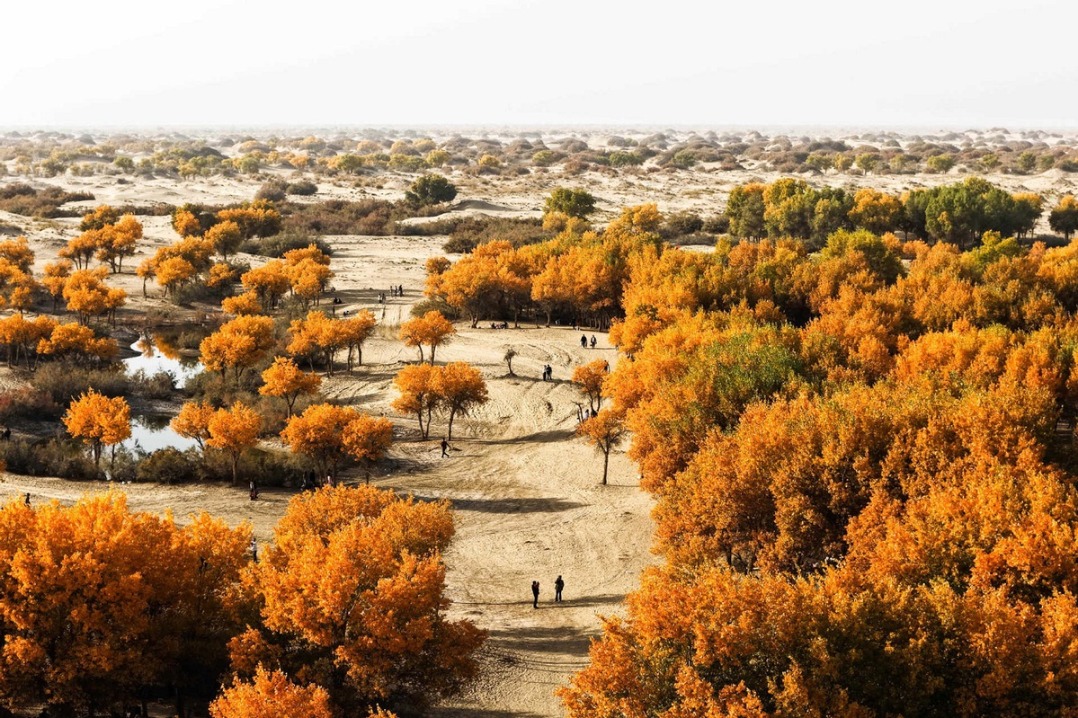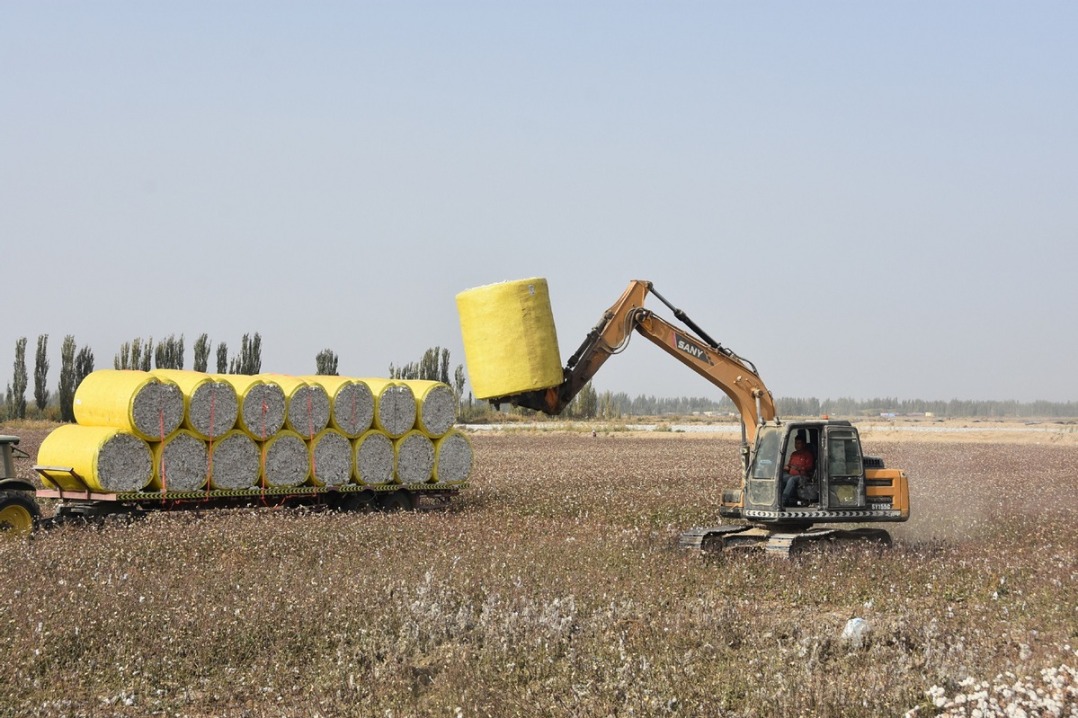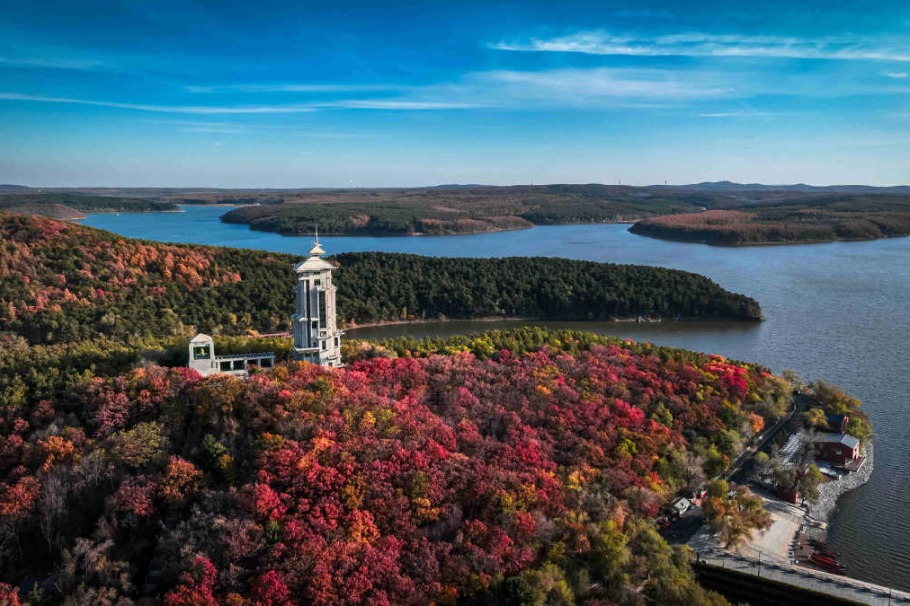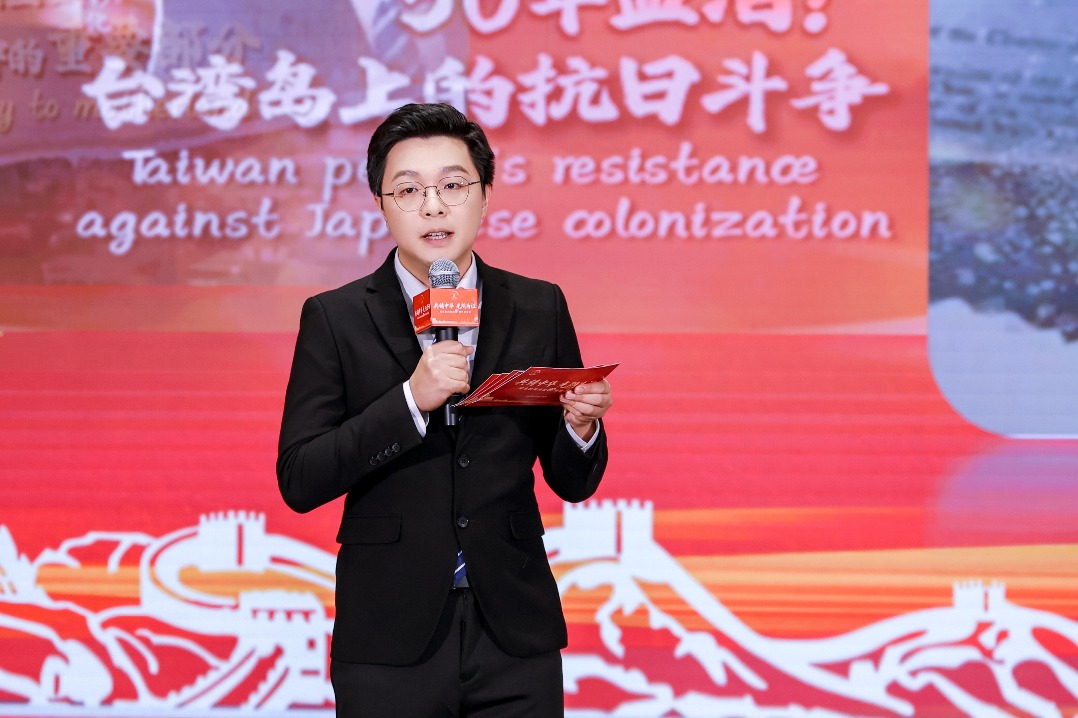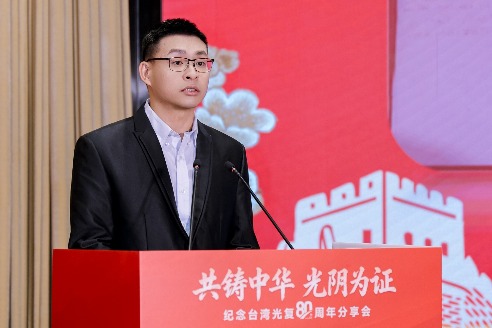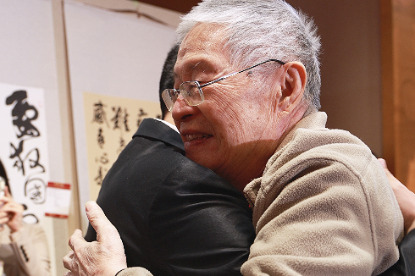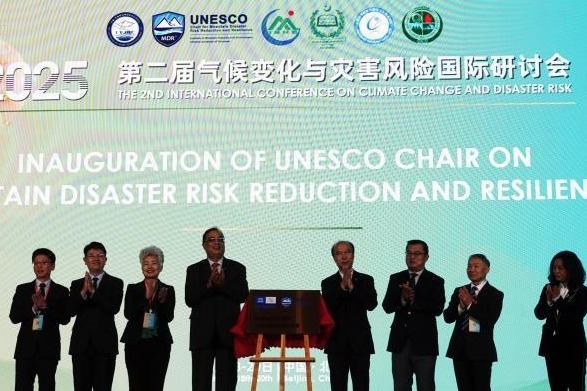Rapid advancement in scientific literacy transforms Xizang

Public scientific literacy in the Xizang autonomous region has risen sharply over the past 60 years, transforming from a very uninformed base into a key driver of social stability and high-quality development, officials said Monday.
Zhang Hongwei, vice-chairman of the regional association for science and technology, outlined the transformation at a news conference on Monday. He said the region's efforts to popularize science began shortly after Xizang's peaceful liberation, when simple science boards were first set up in towns.
"Through 60 years of continuous effort, especially systematic promotion in recent years, the proportion of residents with scientific literacy has surged from just 0.1 percent in 2010 to 7.6 percent in 2023 — an increase of more than 75 times," Zhang said.
The improvement is particularly notable among young people ages 18 to 39, as well as among farmers and herders.
Official statistics show that Xizang has one regional natural science museum and 14 sets of mobile science museum exhibits, covering every prefecture and city. More than 300 science museums have been built in rural primary and secondary schools, ensuring full county-level coverage.
Additionally, 86 science popularization caravans now traverse the region, forming part of a modern science promotion network that also includes mobile science museums, community science venues and school-based facilities, Zhang said.
To serve Xizang's multiethnic and multilingual population, more than 40 types of Tibetan-Chinese bilingual science books and over 10,000 sets of posters have been produced. The Xizang Science and Technology News now reaches all towns, while Science Xizang, a weekly TV program jointly produced with Xizang Radio and Television, airs 52 episodes each year alongside 160 radio broadcasts.
"This ensures that scientific knowledge is both understandable and practical," Zhang said.
Science outreach activities have also been extended to monks, nuns, the elderly and grassroots officials through health lectures and temple-based campaigns, achieving full coverage across social groups, he said.
Chen Houping, another official from the association, said the region has stepped up efforts in border areas, equipping 164 border primary schools with science facilities and organizing study tours for more than 300 students to Beijing, where they can "see the wider world, learn science and build love for the motherland".
"Rural libraries and smart science communities have also been established in border villages, where activities focus on topics such as water resource protection and disaster prevention," Chen said.
During the 14th Five-Year Plan period (2021-25), more than 100 science caravan tours have been held, reaching all border counties and engaging more than 20,000 border residents, students, monks and nuns, she said.
Given Xizang's vast territory and the challenges of transportation in farming, pastoral and border regions, regional authorities have prioritized digital and information-based approaches to overcome the "last mile" problem in science education.
Chen Xiaoming, another vice-chairman of the association, said localized digital platforms, online events and new media channels have expanded access and improved the precision of science outreach efforts.
"Digital technology has broken geographical barriers, allowing young people in remote areas such as Ngari and Nagchu to explore advanced fields such as astronomy and artificial intelligence," Chen said. "This has inspired their curiosity and strengthened efforts to improve scientific literacy among citizens in border and pastoral areas."
Tian Miao, a science teacher at Jebungang Primary School in Lhasa, said science lessons have become an important way to spark curiosity among students.
"We make full use of class time to introduce scientific knowledge in an engaging way," Tian said. "In our moral education classes, students create handmade posters each week, and during science experiments, teachers demonstrate the process step by step to help them understand scientific concepts more intuitively."
Tsering Yudron, a fourth grader at the school, said the classes had opened up a new world of discovery.
"Through science lessons, I've learned about how plants and animals grow, how weather works, and even basic facts about the universe," she said. "By watching science programs on television, I've also begun to understand principles such as buoyancy, friction and electric circuits."
Contact the writers at palden_nyima@chinadaily.com.cn
- China resolutely opposes US arms sales to Taiwan: spokesperson
- Hong Kong-Zhuhai-Macao Bridge handles over 93 million passenger trips in seven years
- Mainland spokesperson calls for cross-Strait joint efforts to resist external challenges
- 'We have always been Chinese' — Taiwan youth speaks out
- World's first living human receives gene-edited pig liver, surviving 171 Days
- Global Mayors Dialogue Zhengzhou kicks off

















